Sir Thomas Lawrence’s monumental 1797 painting, “Satan Summoning His Legions,” isn’t a depiction of Lucifer but of Satan from Milton’s Paradise Lost, sparking controversy upon its debut at the Royal Academy exhibition. This colossal artwork, originally exhibited as “Satan calling his Legions. First Book of Milton,” immediately captured attention, not only for its sheer size but also for Lawrence’s dramatic and новаторство interpretation of the fallen angel. It’s a powerful exploration of rebellion, ambition, and the consequences of challenging divine authority, all key themes within the Romantic movement. This article delves into the artwork’s creation, its critical reception, and its enduring legacy within art history.
The Fallen Angel: A Romantic Vision
Imagine stepping into the Royal Academy in 1797. Amongst the displayed works, a massive canvas commands attention: Lawrence’s “Satan Summoning His Legions.” This wasn’t just another portrait; this was a grand “history painting,” a dramatic departure for an artist known for capturing the likenesses of prominent figures. The imposing figure of Satan, radiating power and defiance, filled the canvas, rallying his fallen angels in the fiery depths of Pandæmonium. Lawrence’s masterful use of light and shadow, almost theatrical in its effect, drew viewers into the heart of the scene. You can almost feel the energy and drama emanating from the canvas, a testament to Lawrence’s incredible skill.
This painting perfectly captured the spirit of the Romantic era, with its fascination with grand themes, intense emotions, and the darker aspects of human nature. Lucifer, the ultimate rebel, became an iconic figure for this movement. He represented the struggle against authority, the allure of forbidden knowledge, and the seductive nature of power. Lawrence’s painting captured this complexity, presenting Satan not just as a villain, but as a charismatic leader, capable of inspiring both awe and fear. The painting’s impact resonated far beyond its initial exhibition, influencing how other artists portrayed Lucifer for generations to come. Explore other artistic interpretations of mythological figures, like Medusa R34, to see the enduring power of these ancient stories.
Unmasking the Masterpiece: Creation and Controversy
The creation of “Satan Summoning His Legions” was a significant undertaking for Lawrence. A surviving preparatory sketch reveals Lawrence’s meticulous process in crafting the iconic pose and powerful physique of Satan in his 1797 masterpiece. It offers a glimpse into his meticulous planning, highlighting the effort invested in bringing this literary character to life. While famous for portraits, Lawrence’s “Satan Summoning His Legions” remains his grandest historical painting – a dramatic departure showcasing his diverse artistic capabilities.
The painting’s debut wasn’t without controversy. It sparked accusations of plagiarism from artist Henry Fuseli, with Lawrence retorting that his inspiration came from Fuseli’s “person,” not his paintings. This controversy adds another layer of intrigue to the painting’s history, raising questions about artistic influence and rivalry. Beyond the controversy, the painting sparked debate about its interpretation. Some critics were captivated by Lawrence’s technical brilliance, while others found the depiction excessive, perhaps even disturbing. Was it a celebration of rebellion or a cautionary tale? The ambiguity only added to its allure. For a contrasting exploration of religious themes in art, consider Raphael’s transformative work, The Transfiguration.
Deconstructing the Devil: Symbolism and Significance
A closer look at “Satan Summoning His Legions” reveals a wealth of symbolism. The darkness, the flames, the twisted figures of the fallen angels—these elements suggest the power of Lucifer, the despair of his situation, and the desolate world he now inhabits. Every detail adds another layer to the narrative, inviting viewers to contemplate the complexities of good and evil, choice and consequence. Lawrence’s work delves into the psychological depths of his subject, exploring not just the rebellion but also the inner turmoil, the ambition that led to the fall, the constant battle between good and evil playing out within Lucifer himself.
While the painting depicts Satan based on Milton’s work, the use of “Lucifer” to refer to the painting likely stems from the ongoing confusion surrounding the two names. This misunderstanding highlights the complex relationship between these figures in religious and literary tradition.
A Legacy of Intrigue: Ongoing Research
Despite what we know about “Satan Summoning His Legions,” much remains to be explored. Some art historians believe Lawrence may have been influenced by specific theatrical productions of Paradise Lost popular at the time. Others suggest the composition may have been inspired by earlier works of art. Ongoing research continues to explore the social and artistic context surrounding the creation of “Satan Summoning His Legions,” seeking to understand its reception within different segments of 18th-century society. As new discoveries are made, our understanding of this complex and captivating artwork continues to evolve.
While the painting’s monetary value remains undisclosed, its significance within Romantic art, its grand scale, and its ownership by the Royal Academy suggest considerable cultural—and potentially monetary—worth. The lack of public information only adds to its mystique, fueling speculation and ensuring its place in the ongoing conversation about art, rebellion, and the enduring fascination with the figure of Lucifer.
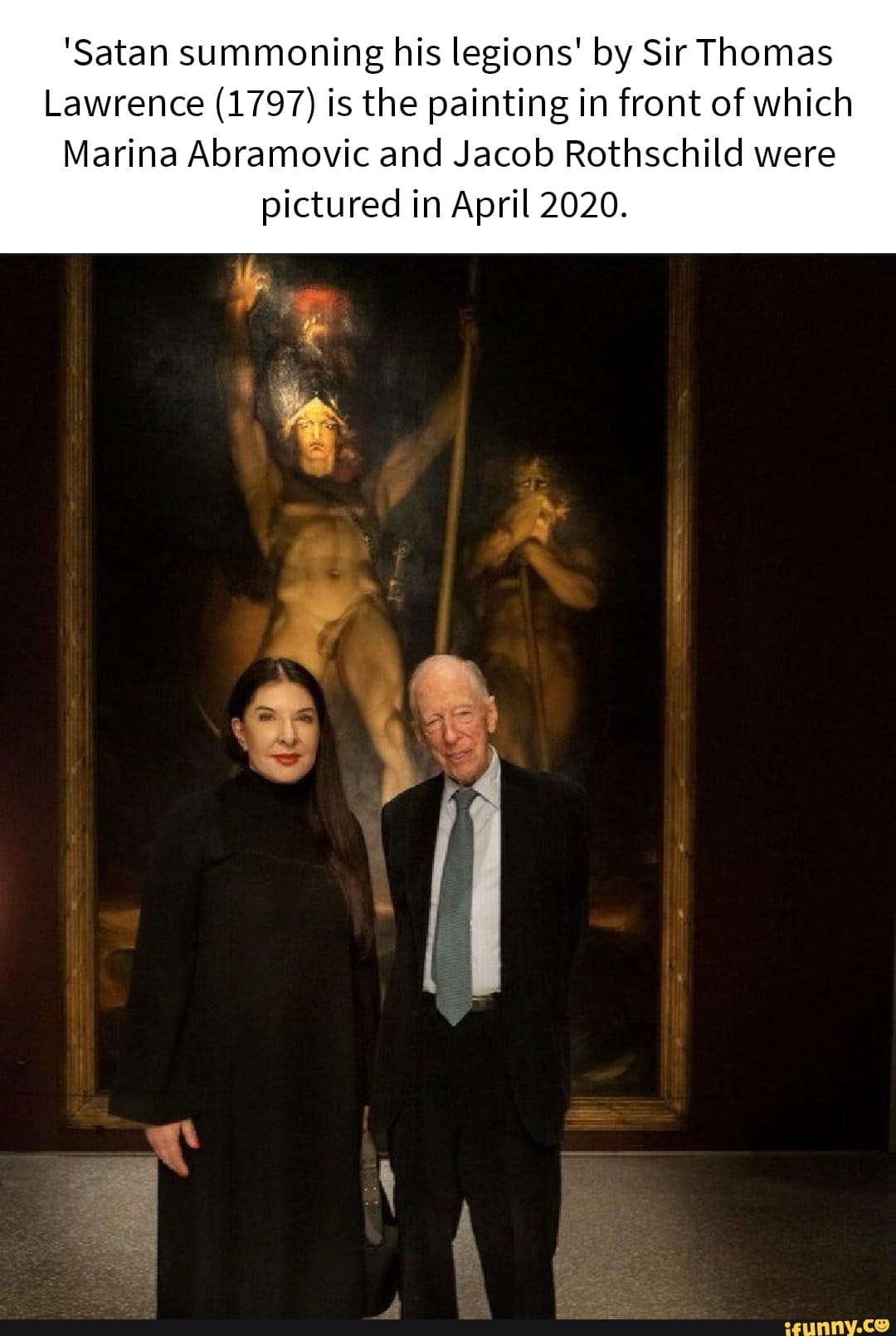
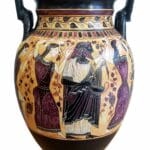
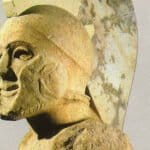
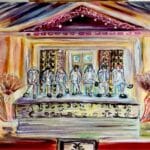


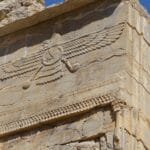






1 thought on “Thomas Lawrence’s 1797 Painting of Lucifer: A Romantic Vision of the Fallen Angel”
Comments are closed.